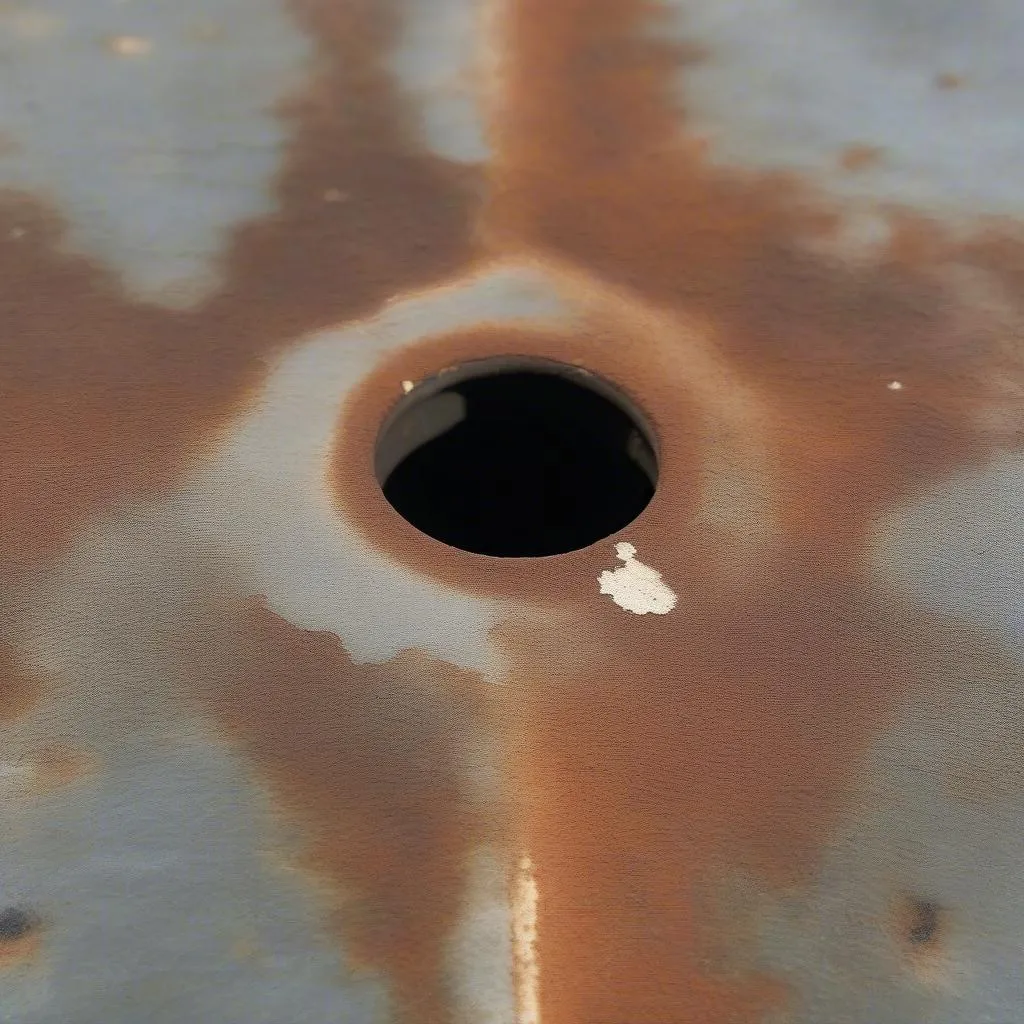The return of ground effects to Formula 1 in 2022 brought with it a new challenge for teams: porpoising. This phenomenon, where cars bounce aggressively at high speeds, particularly impacted Mercedes. But how can Mercedes fix porpoising and regain their competitive edge?
Understanding the Root of the Issue
Porpoising stems from the aerodynamic principles behind ground effect aerodynamics. As downforce increases with speed, the car is pulled closer to the track surface. At a certain point, the airflow beneath the car can stall, causing a sudden loss of downforce and allowing the car to rise. This cycle repeats, leading to the bouncing motion known as porpoising.
 F1 Car Porpoising
F1 Car Porpoising
Identifying Porpoising
While visually dramatic, porpoising isn’t simply an aesthetic problem. Drivers have described it as incredibly uncomfortable, and it significantly impacts performance. Look for these telltale signs:
- Visible Bouncing: The most obvious sign, the car will bounce noticeably, especially on straights.
- Driver Discomfort: Drivers will often complain about the harshness of the bouncing.
- Inconsistent Performance: Porpoising disrupts airflow, leading to unpredictable handling and reduced downforce.
Tools of the Trade
Addressing porpoising often involves adjustments to the car’s setup and sometimes, even design modifications. Here are some key elements involved:
- Ride Height Adjustments: Raising the ride height can reduce the likelihood of airflow stalling, but at the cost of downforce.
- Suspension Tuning: Stiffening or softening the suspension can impact how the car reacts to aerodynamic changes.
- Floor Modifications: Teams might alter the shape and design of the floor to optimize airflow and mitigate porpoising.
- Aerodynamic Adjustments: Changes to the front and rear wings can shift the aerodynamic balance and reduce porpoising.
 F1 Car Floor Design
F1 Car Floor Design
Steps Towards a Solution
Fixing porpoising is a process of fine-tuning and often involves a combination of the approaches mentioned earlier.
- Data Analysis: Teams meticulously analyze telemetry data, including ride height sensors, to understand the conditions triggering porpoising.
- Simulation and Testing: Computational Fluid Dynamics (CFD) simulations and wind tunnel testing help teams evaluate the impact of potential solutions.
- Setup Adjustments: Based on data and simulations, teams make adjustments to ride height, suspension, and aerodynamics.
- Track Testing and Iteration: Teams rigorously test these changes on track, gathering further data and refining the setup until the desired result is achieved.
FAQs about Mercedes and Porpoising
Q: Why was Mercedes particularly affected by porpoising?
A: The “zero sidepod” design philosophy employed by Mercedes in their W13 car is believed to have made them more susceptible to porpoising. This design concept, while intended to minimize drag, may have led to less stable airflow under the car.
Q: Did Mercedes manage to fix their porpoising issue?
A: Mercedes made significant progress in mitigating the issue throughout the 2022 season and further improved in 2023. While not entirely eradicated, they successfully reduced the severity and impact of porpoising on their car’s performance.
For more in-depth information on Mercedes’ journey with porpoising and how they addressed it, you can explore these articles: Mercedes Porpoising Fix, Can Mercedes F1 Fix Their Car?, Mercedes Fixed Porpoising. CARDIAGTECH offers a range of diagnostic tools and resources for Mercedes and other car brands.
Conclusion
Porpoising presented a complex challenge for Mercedes and the wider F1 grid. Through a combination of engineering expertise, data analysis, and relentless testing, Mercedes was able to significantly reduce its impact. This underlines the importance of adaptability and continuous development in the fast-paced world of Formula 1.



